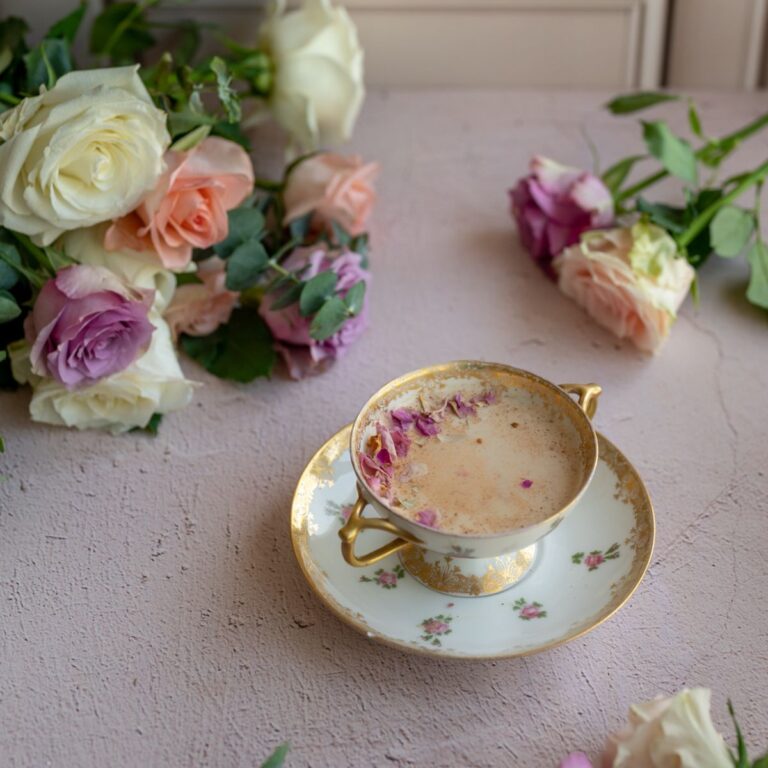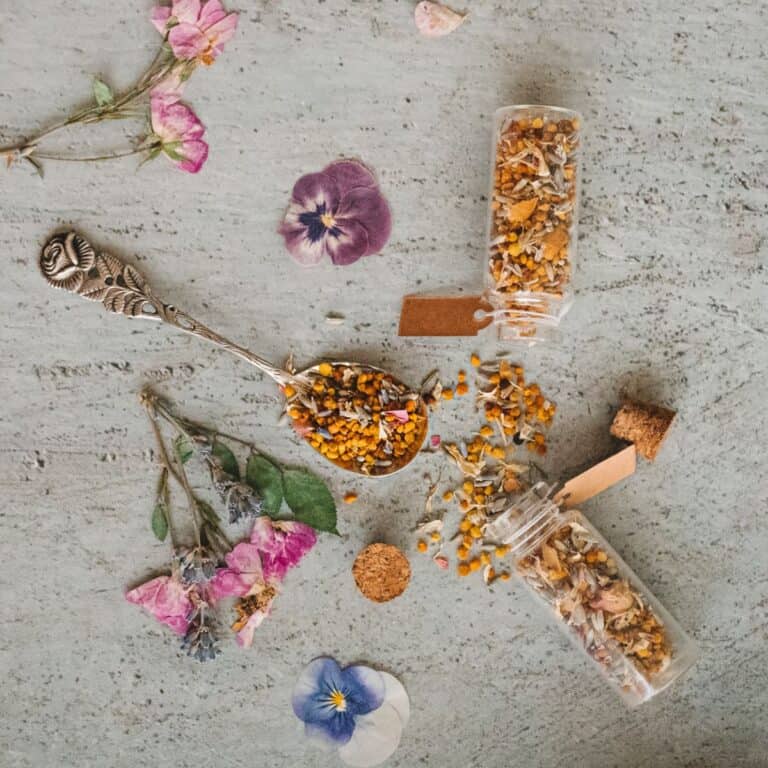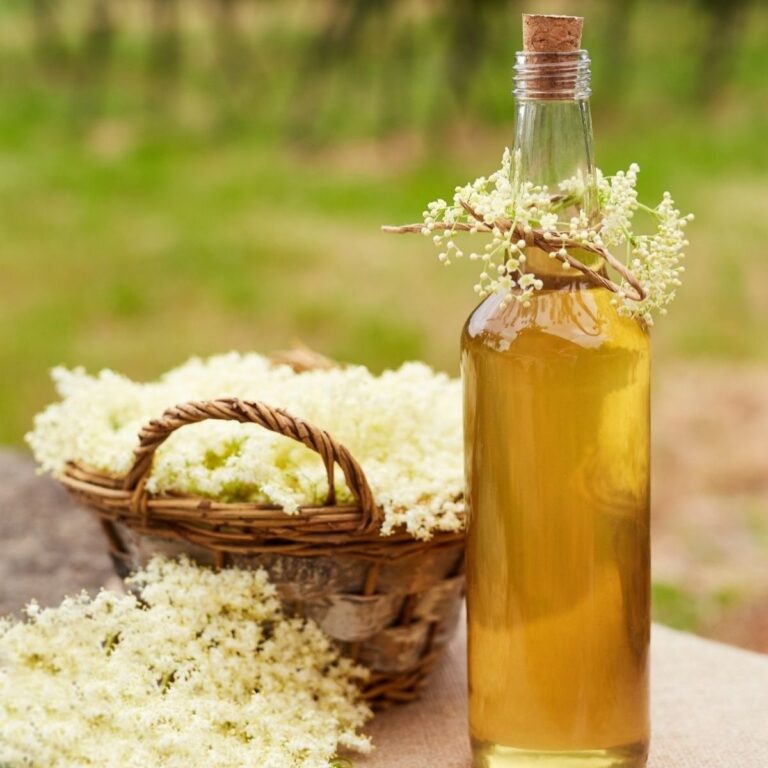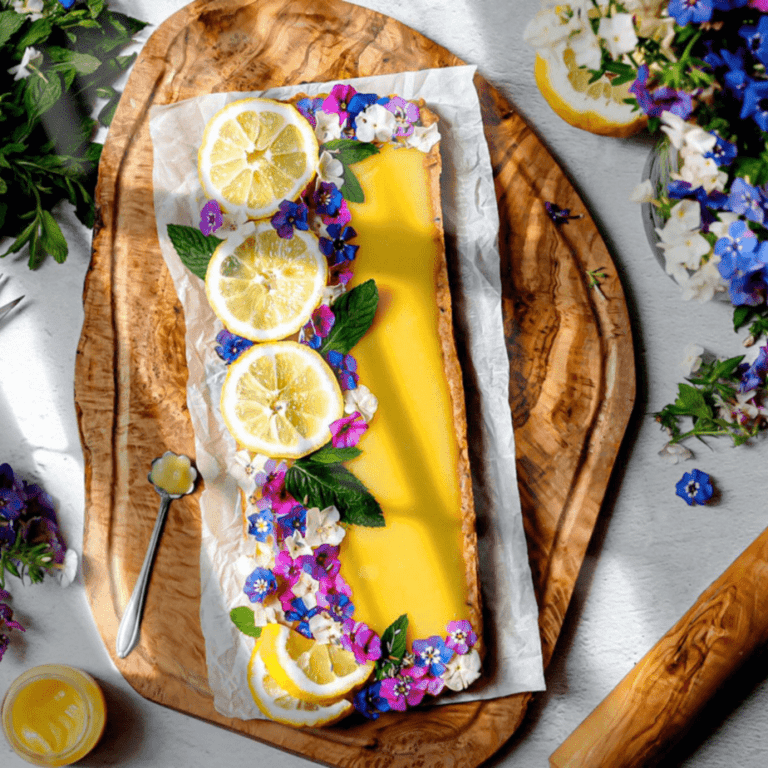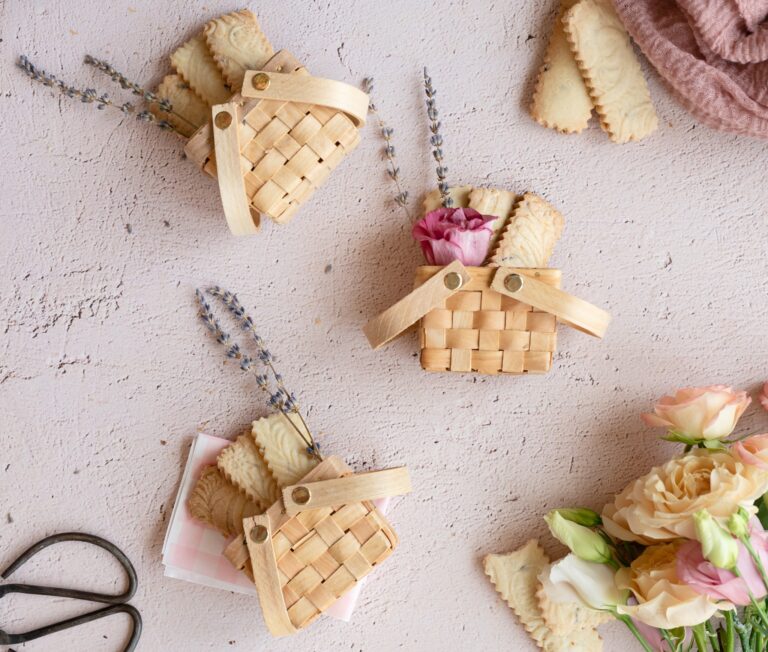How To Eat Calendula
How Do You Prepare Calendula For Consumption?
Imagine strolling through your garden, admiring the vibrant colors and petals of your beloved calendula blooms. With a gentle touch, you pluck the sweet flowers, savoring the bold scent and the feeling of connection with nature. How wonderful it is to have such a bountiful harvest, to be able to indulge in the beauty and the benefits of these organic treasures! Whether you choose to use them fresh or dried, your calendula blooms will bring joy and healing to your life. So go ahead, my dear friend, and bask in the love and the magic of marigold.
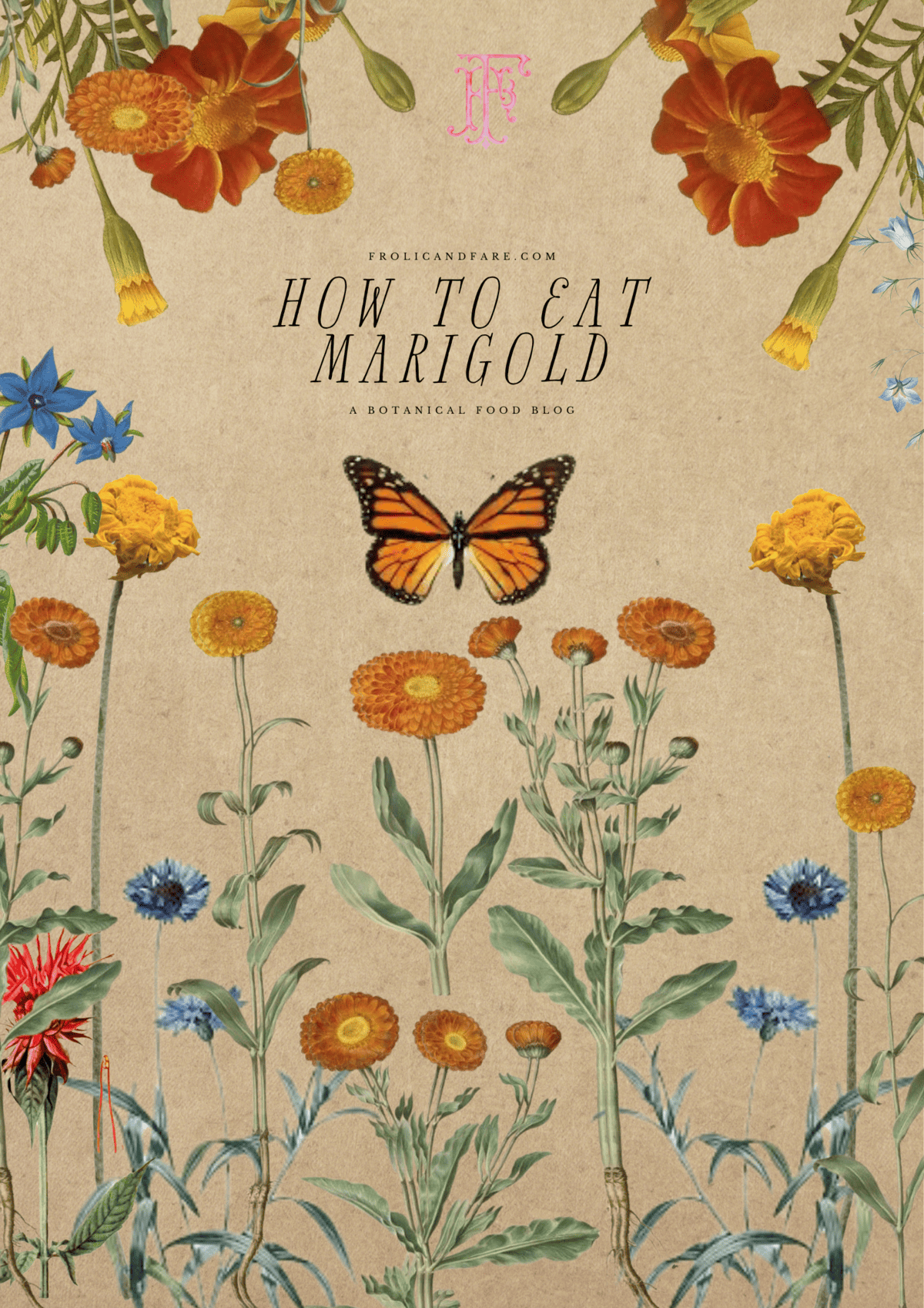
If you're looking to add a pop of color and nutrition to your garden, look no further than the humble calendula. These versatile and easy-to-grow flowers are the perfect addition to any temperate climate, and their bright and cheerful blooms will fill your heart with joy. In the spring, sow the seeds and watch as they burst into life, creating a sea of vibrant colors that will last throughout the summer and fall. And if you live in an area with mild winters, plant them in the fall for a burst of winter color. We have indoor pot marigolds for a burst of color, I enjoy their bright yellows, golds, and oranges that will add a touch of sunshine to my studio.
You can get the full benefits of calendula by drying the petals and using them long term. You can dry calendula petals by picking a flower and putting it on a paper towel and simply letting them dry naturally.
Before you bring your flowers inside after harvesting them, let them sit outside after you trim them to let any bugs escape that might have been living in the petals. I like to keep them in my harvest basket which makes it easy for bugs to leave on their own peacefully.
Do not run petals under water unless you plan to use them that day. They will wilt almost immediately if rinsed in water.
The dried petals can be used to steep tea, make DIY Nature Flower Sprinkles, infuse in honey, and make calendula tea. If you are making calendula tea you can also use fresh flowers as garnish.
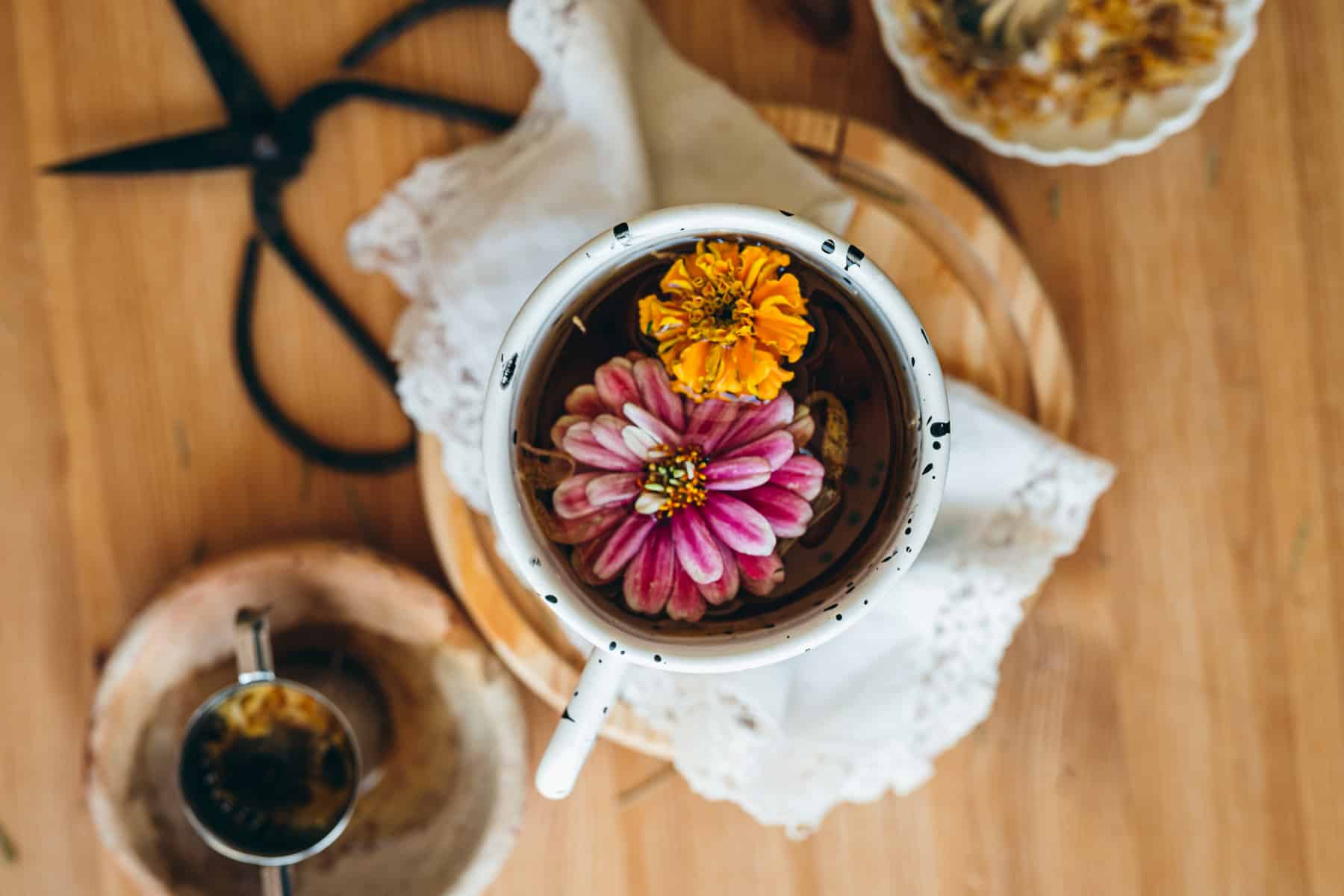
How to Make Calendula Tea
Here are the simple steps for making calendula tea:
- Bring water to a boil
- Add about two teaspoons of dried flowers to a tea infuser or teapot
- Pour hot water over the leaves and allow it to steep for 10 minutes
- Strain and add any type of flavoring you'd like such as cinnamon, vanilla, honey, etc.
How to Store Calendula
For an entire guide, read our post on How to store and preserve edible flowers. But in short,
Store calendula products in a dry, dark place free of moisture in an airtight container.
Frequently asked questions:
Is there another name for Calendula?
Calendulas is also commonly called marigold, and you may see the names used interchangably.
What plant family is Calendula?
The most commonly cultivated and used member of the genus is Calendula officinalis, the pot marigold. Popular herbal and cosmetic products named "Calendula" invariably derive from C. officinalis.
Safety tips:
You should not use calendula if you are allergic to ragweed, daisies, marigold, or plants in the Asteraceae/Compositae family, as it could cause you to have an allergic reaction.
People who are pregnant or breastfeeding should also not use calendula because it can change their hormone levels and may even cause a period.
Calendula recipes:
Resources that may interest you:
Edible Flowers And Their Meaning Free Chart + Poster Download
Tools for harvesting your garden flowers
Make floral and herbal tea blends
How to grow an herbal tea garden

